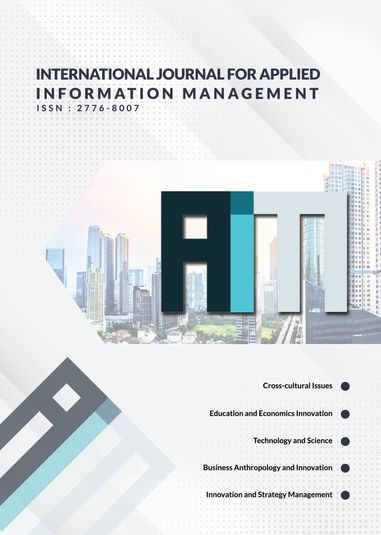Analysis of Factors Influencing Fraudulent Transactions in Digital Financial Systems Using Machine Learning Models
Isi Artikel Utama
Abstrak
This paper explores the use of machine learning, specifically the Random Forest algorithm, to detect fraudulent transactions in digital financial systems. As digital finance grows, the risk of fraud increases, making effective detection systems crucial for maintaining trust and security. The study focuses on identifying key factors influencing fraudulent transactions, such as transaction amount and type, and evaluates the model's performance using accuracy, precision, recall, F1-score, and AUC-ROC metrics. Results show that Random Forest outperforms traditional methods, achieving high accuracy of 95%, precision of 1.00 for fraudulent transactions, and an AUC of 0.98, indicating excellent discriminatory power. By analyzing transaction data, the model identifies important patterns, offering financial institutions practical insights for enhancing fraud detection systems. The findings suggest that focusing on critical features like transaction amount and transfer type can optimize detection systems. However, limitations include the need for further exploration of additional features, such as user behavior, and the integration of more advanced techniques to address emerging fraud tactics. The study’s outcomes provide a robust framework for improving fraud detection in the evolving landscape of digital transactions.
Rincian Artikel

Artikel ini berlisensiCreative Commons Attribution-ShareAlike 4.0 International License.
Authors who publish with International Journal for Applied Information Management agree to the following terms: Authors retain copyright and grant the International Journal for Applied Information Management right of first publication with the work simultaneously licensed under a Creative Commons Attribution License (CC BY-SA 4.0) that allows others to share (copy and redistribute the material in any medium or format) and adapt (remix, transform, and build upon the material) the work for any purpose, even commercially with an acknowledgement of the work's authorship and initial publication in International Journal for Applied Information Management. Authors are able to enter into separate, additional contractual arrangements for the non-exclusive distribution of the journal's published version of the work (e.g., post it to an institutional repository or publish it in a book), with an acknowledgement of its initial publication in International Journal for Applied Information Management. Authors are permitted and encouraged to post their work online (e.g., in institutional repositories or on their website) prior to and during the submission process, as it can lead to productive exchanges, as well as earlier and greater citation of published work (See The Effect of Open Access).

